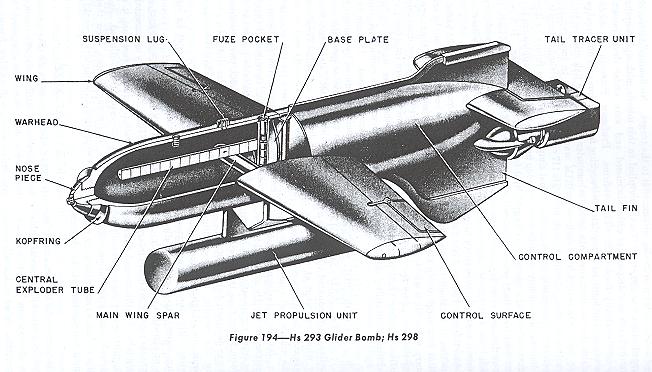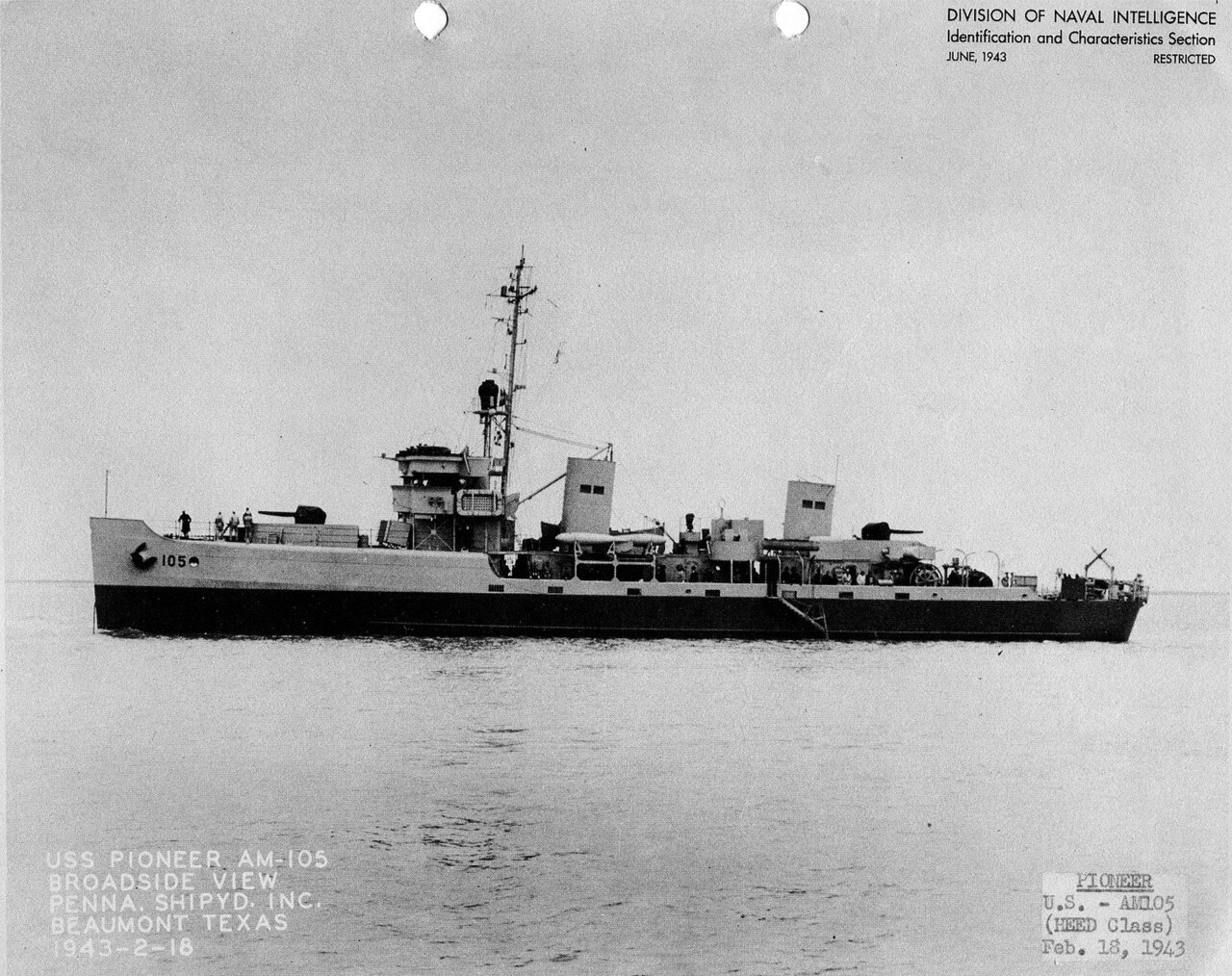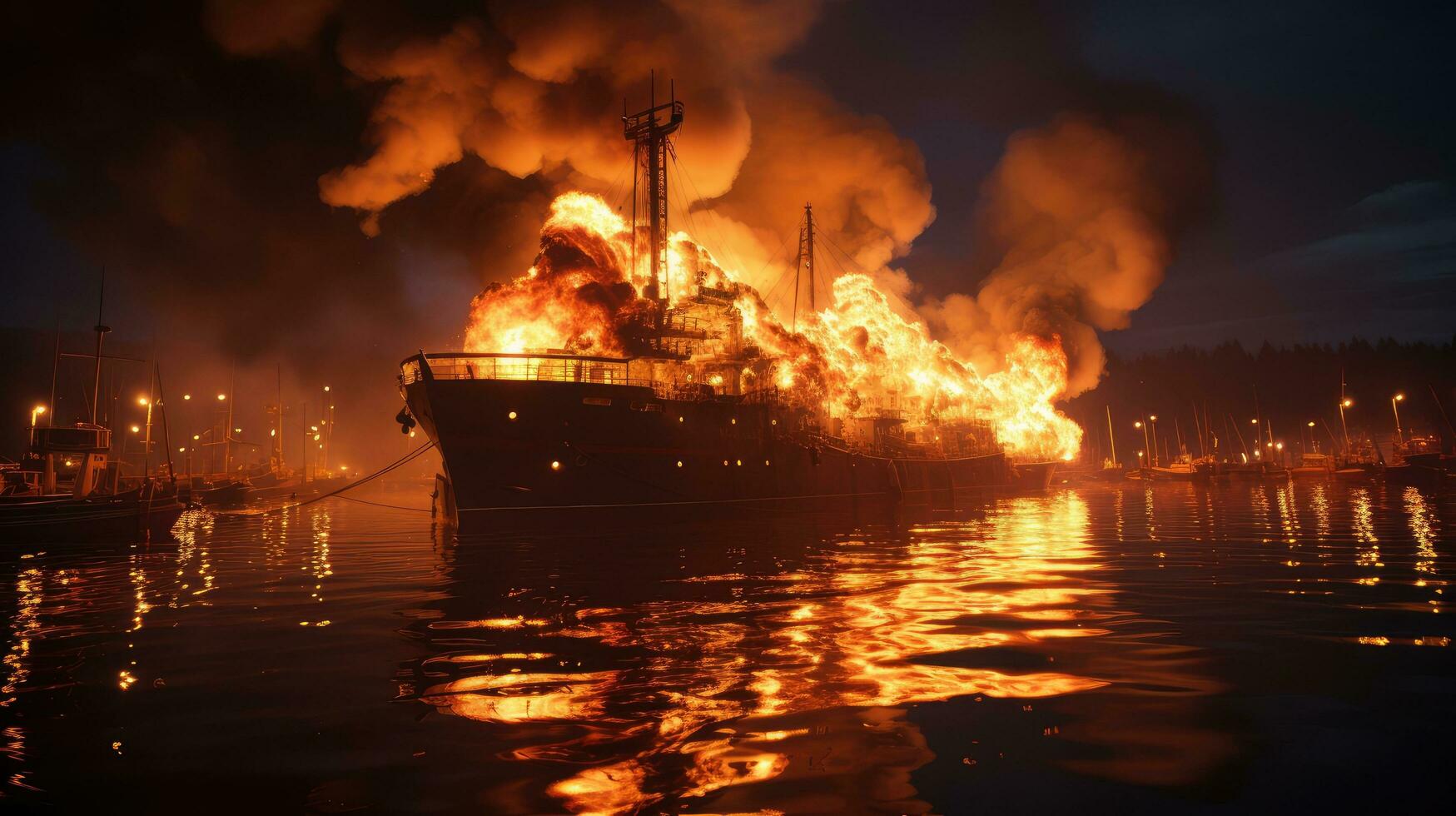On the fateful day of November 26, 1943, a British transport ship, HMT Rohna, embarked on a journey through the Mediterranean Sea as part of Convoy KMF-26, carrying over 2,000 crew and troops bound for India.
Little did they know that this seemingly routine voyage would unfold into one of World War II’s least-known yet profoundly catastrophic events.
The HMT Rohna, an 8,600-ton coal-burning passenger/cargo ship requisitioned by the British for troop transport, was sailing in a dangerous position known as “the coffin corner,” overloaded with more than twice its standard occupancy.
Among the passengers were 1,981 US Army Soldiers, primarily from the 853rd Engineer Battalion (Aviation) and other units destined for India to construct B-29 bomber bases.
The convoy’s journey was fraught with danger, nestled in a vulnerable position known ominously as “the coffin corner.” Therefore, troop commander Lieutenant Colonel Alexander Frolich diligently prepared his men for emergencies and conducted drills to ensure readiness for potential attacks.

The dark hour arrived on that November afternoon, off Bougie, Algeria, when approximately 30 Luftwaffe bombers, mostly Heinkel He-177A “Greif” aircraft, descended upon Convoy KMF-26.
In the ensuing chaos, 42 Hs-293 radio-controlled, rocket-boosted glide bombs were unleashed upon the convoy, designed for use against unarmored ships.
Amidst extensive anti-aircraft fire and adept maneuvering, the Germans faced setbacks. Determined defense from convoy ships and innovative radio-jamming equipment diverted several guided bombs off course. The Germans paid a heavy toll, losing four new He-117A aircraft.
Yet, amid this tumult, Major Hans Dochtermann, a seasoned Luftwaffe aviator, executed a precise and devastating strike. He, having undergone months of specialized training in France to master the use of the HS-293, flew his bomber parallel to HMT Rohna.

Launching a Hs-293 radio-guided glide bomb, Dochtermann directed the missile towards the Rohna, scoring the only direct hit among the 42 attempts. The bomb penetrated the ship, wreaking havoc and sealing the fate of the vessel.
The aftermath was a scene of pandemonium. The blast claimed about 300 US Army troops, and the ship faced critical damage. Electrical power, pumps, and lifeboats were rendered useless.
The ensuing chaos saw the loss of six lifeboats and overloaded rafts, leaving many soldiers to swim in cold waters with the threat of hypothermia.
Declassified documents later revealed that the ineffective lifeboats and insufficient lifebelts played a role in the large number of casualties.
Besides that, accounts of heroism and tragedy unfolded simultaneously. While some accused the Indian crew of unprofessional conduct, others testified to their commendable actions amidst the crisis.
The Rohna’s British-manned anti-aircraft guns defiantly fired until the last moments, and the ship’s brave personnel, including Captain T. J. Murphy, clung to their posts until the ship succumbed to the sea.
Convoy KMF-26, prepared for such dire circumstances, activated its pre-planned response for ship loss, with designated vessels conducting rescue operations.
Throughout the night, the American minesweeper USS Pioneer and other vessels tirelessly worked to save as many men as possible.
The Pioneer alone rescued 606 individuals, nearly risking capsizing due to the weight of survivors. It took over eight hours before the last survivors were brought to safety, delaying an accurate tally of casualties for a few days.
By November 27, a grim reality emerged: of the 793 men from the 853rd Engineers, only 126 responded during roll call—a staggering 62 percent loss rate. This marked a bleak forecast of the devastating toll they would ultimately endure.
In total, the attack claimed the lives of 1,015 American servicemembers and 134 British and Indian crewmembers.
Nearly Five Decades In The Shadows
After the landings at Salerno in September 1943, the Allies faced a stark reality – the development and deployment of German-guided bombs posed a significant threat, and there were limited means to counter them.
The gravity of the situation became even more apparent following the devastating attack on Rohna. To prevent the Germans from gauging the effectiveness of their guided bomb, the entire incident was classified.
Wartime censorship mechanisms were employed to delay public disclosure of casualty numbers and to keep specific details hidden.
This veil of secrecy persisted for many years after the event. Survivors found themselves under strict orders not to divulge details or correspond about the missile attack.
For almost 50 years, a shroud of secrecy enveloped this tragic event, its concealment attributed to a mix of factual concerns and speculative motives.

However, in 1993, Charles Osgood, a CBS Radio News commentator, brought attention to the sinking of the HMT Rohna on Veterans Day address, stating, “It’s not that we forgot. It’s that we never knew.”
This pivotal moment shifted the narrative from the shadows into the light. On May 30, 1996, a memorial dedicated to the men who lost their lives aboard the Rohna was unveiled at Ft. Mitchell National Cemetery in Seale, Alabama.
The Rohna Survivors Memorial Association (TRSMA) financed and commissioned the memorial with no external assistance, including from the Department of Veterans Affairs.
TRSMA gained further recognition in October 2000 when Congressman Jack Metcalf (R-WA) introduced House Resolution 408, which detailed the tragic events of HMT Rohna’s sinking into the congressional record.
Remarkably, the resolution passed unanimously in the Senate just 17 days later. This concerted effort has ensured that the sinking of the Rohna is no longer forgotten.
Meanwhile, in an interview, survivors later expressed a surprising sentiment. They mentioned that none of the survivors held any resentment toward the German pilot, Maj. Hans Dochtermann.

They viewed Dochtermann as fulfilling his duties as a soldier during the war, much like themselves.
Despite his role in the sinking of the Rohna, Dochtermann continued flying numerous missions until his capture in eastern Germany in 1945. After his capture, he was transported to a POW camp for German officers located in Stratford-upon-Avon, England.
Dochtermann was eventually released in May 1946 and returned to Frankfurt, Germany, where he found success as a wholesaler in later years.
The sinking of the HMT Rohna, once shrouded in secrecy for half a century, now stands as a poignant yet overlooked chapter in the tragic history of World War II. It is also recognized as the most tragic loss of American lives at sea.
- Contact the author at ashishmichel(at)gmail.com
- Follow EurAsian Times on Google News




